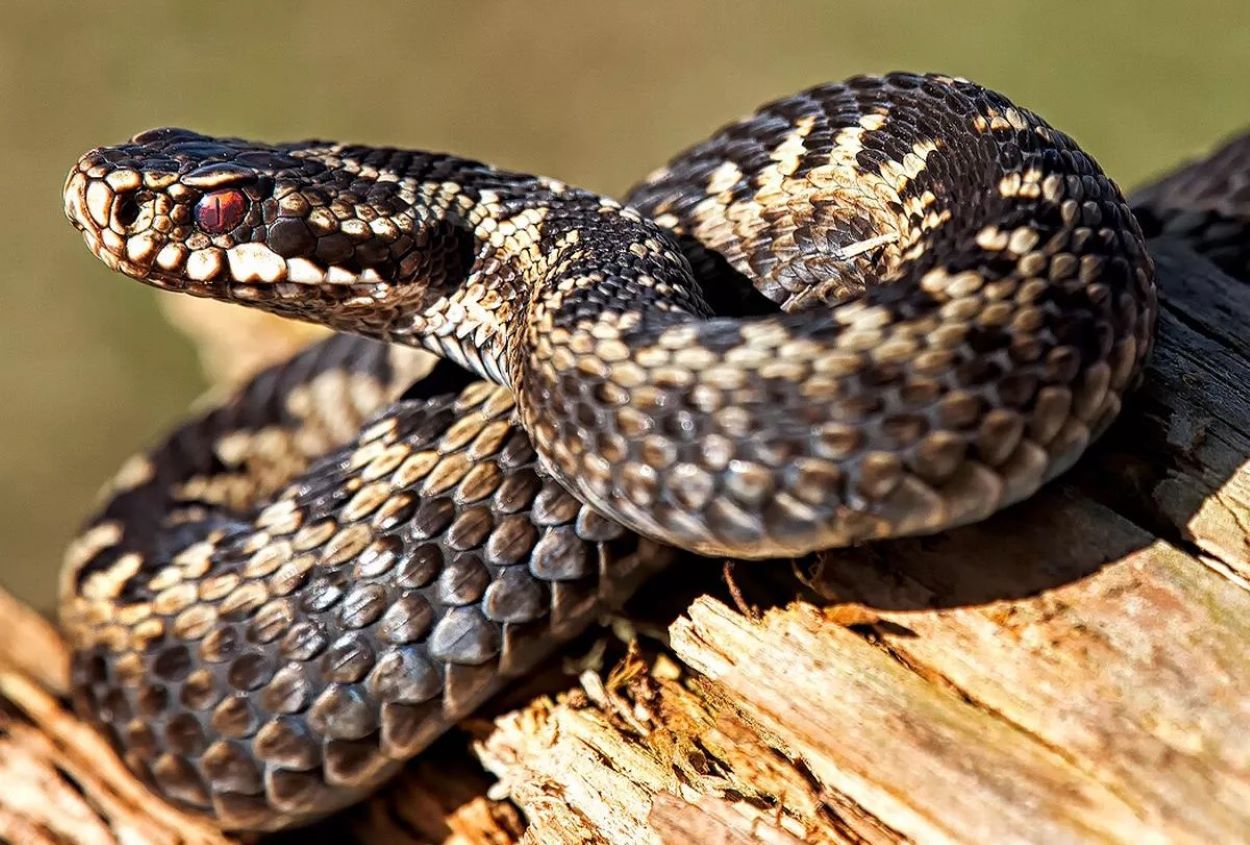Adders stand out as the only venomous snakes native to the UK, boasting distinctive markings that make them easily identifiable. Males typically display a silvery-grey colour, whereas females might exhibit shades of copper or brown. However, both genders share a prominent black zig-zag pattern on their backs, which serves as a telltale sign of their species. These snakes can measure anywhere between 60 to 80 cm upon reaching maturity.
Understanding the Impact of an Adder Bite
Though prevalent during certain seasons, adverse bites generally present a minimal threat to human beings. Most individuals who experience a bite will primarily face pain and inflammation at the wound site. But there are exceptions, particularly when the affected are young, elderly, or have underlying health conditions. Their reaction might escalate to symptoms like dizziness, a change in skin colour, and pronounced swelling near the bite. It’s paramount to remain tranquil, minimise movement in the bitten area, and adopt the recovery position if bitten. It’s also vital to refrain from trying to remove the venom. Should the situation deteriorate, immediate medical attention is advised.
Pets at Risk: How to Respond to an Adder Bite on Dogs
Dogs, in particular, are at heightened risk from adder bites. Their symptoms can range from pain and swelling to more alarming signs like pale gums, vomiting, and respiratory distress. Dog owners witnessing such an event should remain calm, limit their pet’s movement, and contact a veterinarian without delay.
Though the lethality of adder bites on humans is low, with the last known death in 1975, experts still emphasise the urgency of medical intervention. Recent incidents highlight that pets, especially dogs, remain at risk, underlining the importance of swift veterinary care.






